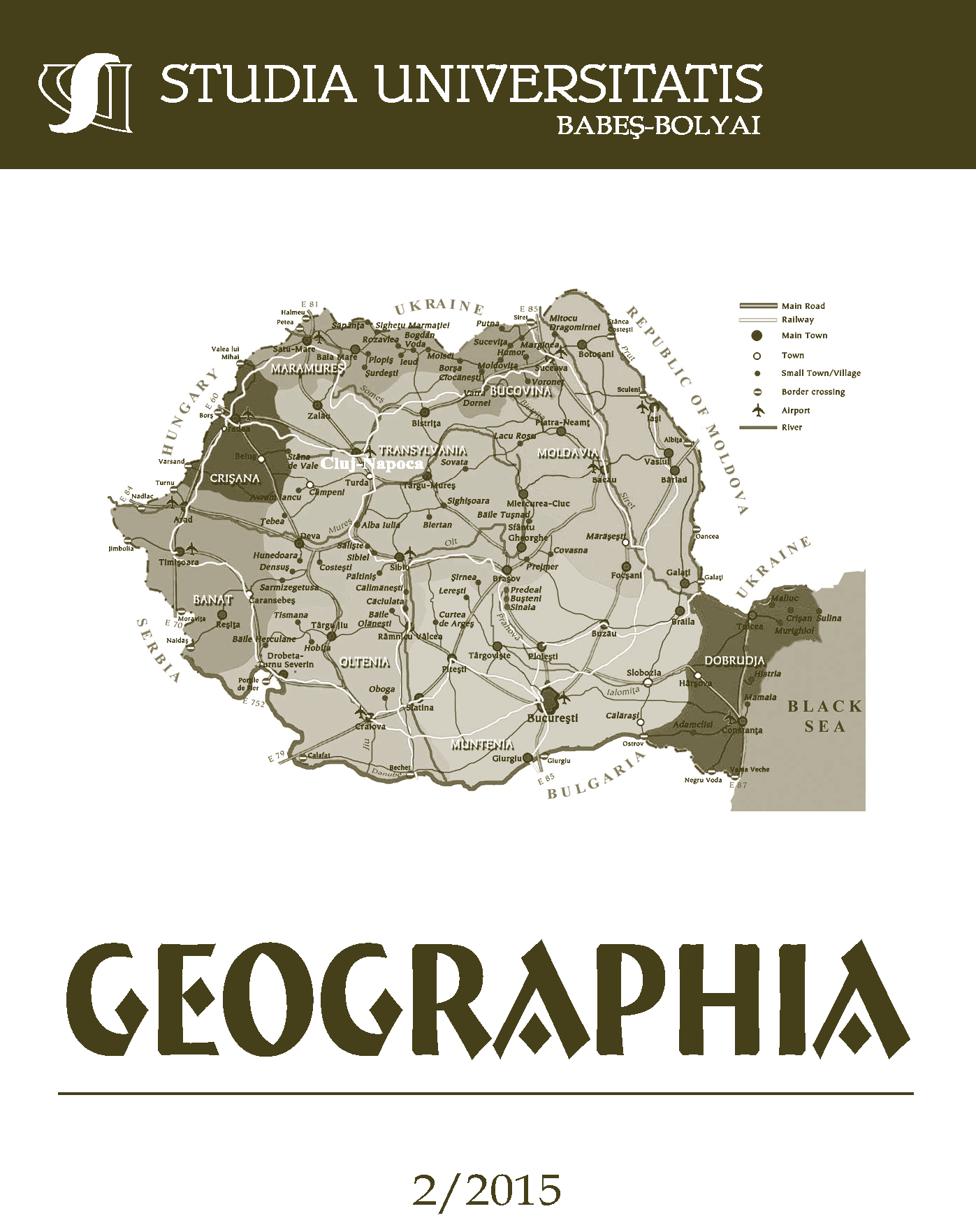DISTANCE AS KEY FACTOR IN MODELLING STUDENTS’ RECRUITMENT BY UNIVERSITIES
Keywords:
university recruiting, distance modelling, recruiting area, higher education marketing, recruiting modelling.Abstract
Distance as Key Factor in Modelling Students’ Recruitment by Universities. In a previous paper analysing the challenge of keeping up with the current methodologies in the analysis and modelling of students’ recruitment by universities in the case of some ECE countries which still don’t register or develop key data to take advantage from the state of the art knowledge on the domain, we have promised to approach the factor distance in a future work due to the extent of the topic. This paper fulfill that promise bringing a review of the literature especially dealing with modelling the geographical area of recruiting students of an university, where combining distance with the proximate key factors previously reviewed, complete the meta-analysis of existing literature we have started a year ago. Beyond the theoretical benefit from a practical perspective, the meta-analysis aimed at synthesizing elements of good practice that can be applied to the local university system.
References
Alm, J., Winers, J., (2009), Distance and intrastate college student migration, Economics of Education Review, No. 28, pp. 728-738.
Ayad, Y., (2007), Challenges in Student Recruitment for Educational Institution: Materials and Methods, ESRI UC.
Hanewicz, C. (2009), Identifying Student Retention Patterns using GIS Technology, Management of Engineering and Technology, pp. 2231-2239.
James, R., Baldwin G., Coates, H., Krause, KL, McInnis, C., (2004), Analysis of Equity Groups in Higher Education 1991-2002, Centre for the Study of Higher Education, University of Melbourne.
Lowe, J., Viterito, A., (1989), Differential Spatial Attraction of Private Colleges and Universities in the United states, Economic Geography, 65, pp. 208-215.
Mălăescu, S., Speranza, C. M., (2013), The challenge of keeping-up: current methodologies in analysing the students recruiting area by universities, Geographia Napocensis, 8(2), pp. 71-80.
Read, P. Higgs, G., Taylor G., (2005), The potential and barriers to the use of geographical information system for marketing applications in higher educational institutions, Marketing Intelligence and Planning, Vol. 23, pp. 30-42.
Schofer, J. P., (1975), Determining optimal college locations, Higher Education, 4, pp. 227-232.
Smith, S. Spinelli, J., Zhou (2002), Geographic Patterns of Student Enrollment in Ohio’s State – Assisted Universities, Ohio Journal of Science, 102, 34-39.
Spinelli, J. (2002), Geographic patterns of student enrollment in Ohio’s State-assisted universities (1), The Ohio Journal of Science, Vol. 102, pp. 34-39 on http://hdl.handle.net/1811/23925 on April 2011.
Downloads
Published
How to Cite
Issue
Section
License
Copyright (c) 2015 Studia Universitatis Babeș-Bolyai Geographia

This work is licensed under a Creative Commons Attribution-NonCommercial-NoDerivatives 4.0 International License.





 ©Studia Universitatis Babeş-Bolyai Geographia. Published by Babeș-Bolyai University.
©Studia Universitatis Babeş-Bolyai Geographia. Published by Babeș-Bolyai University.